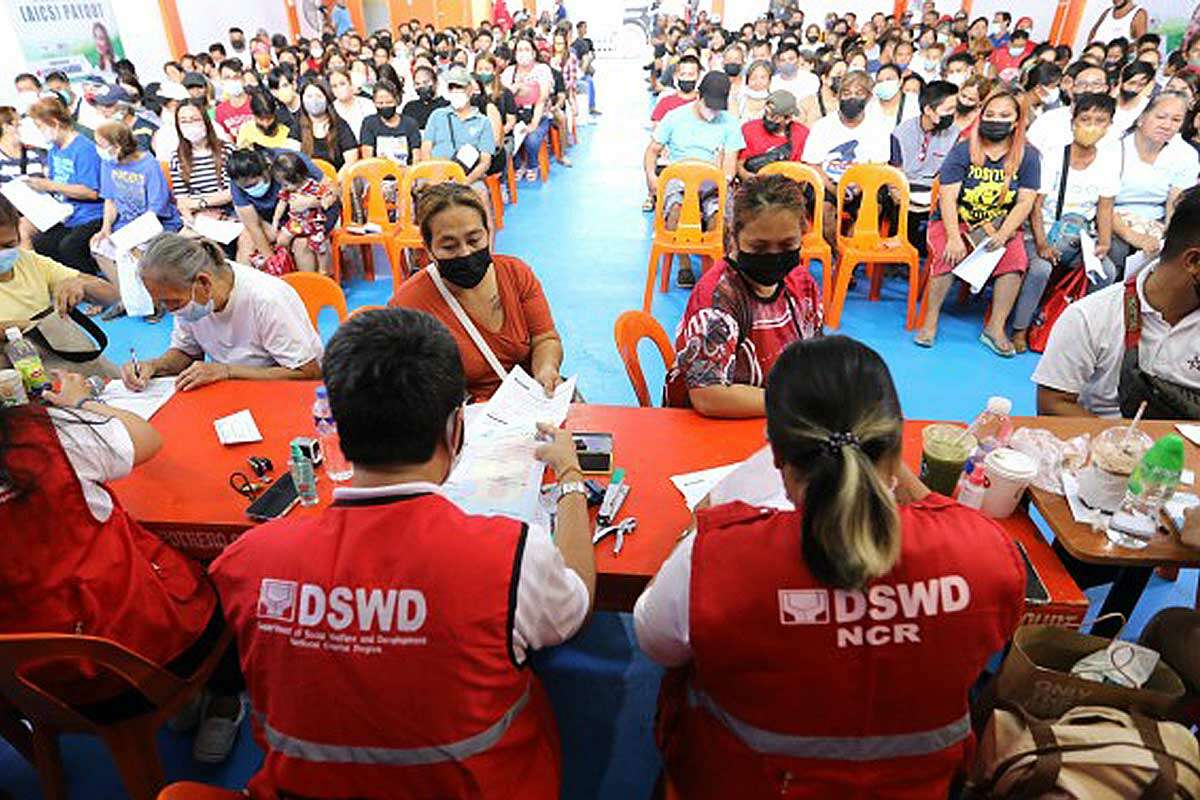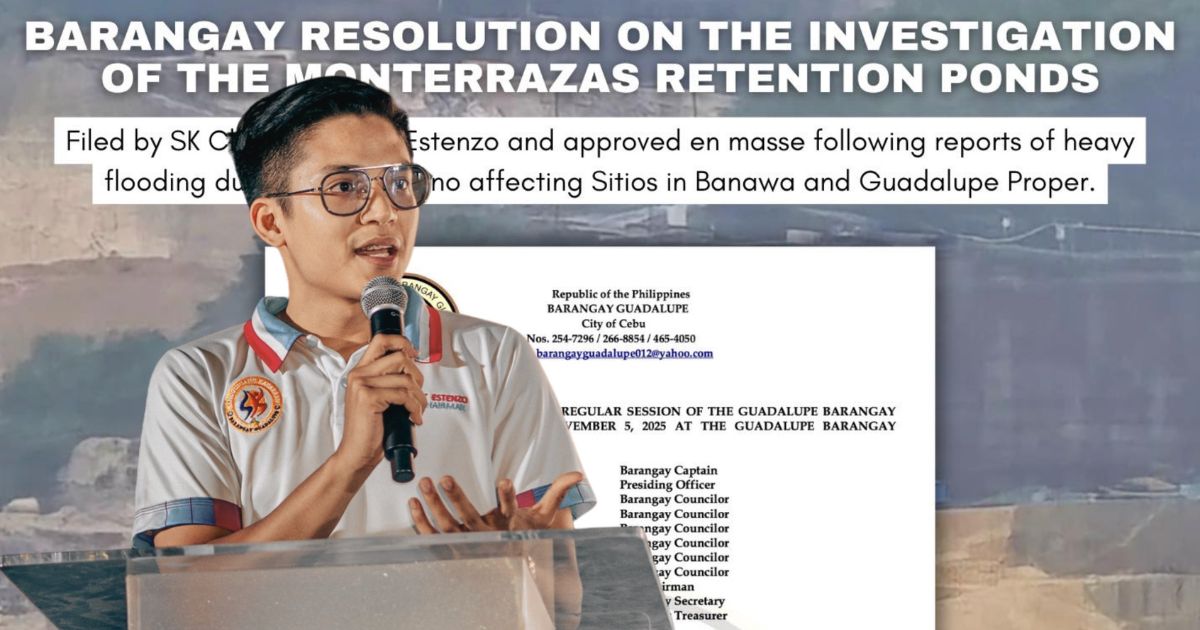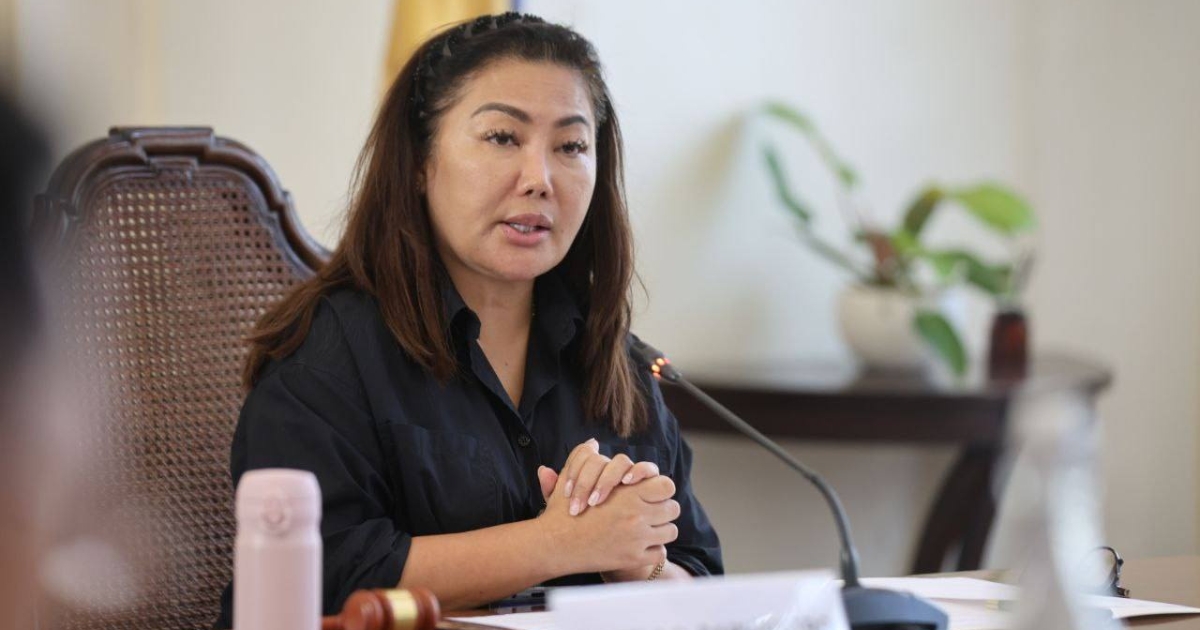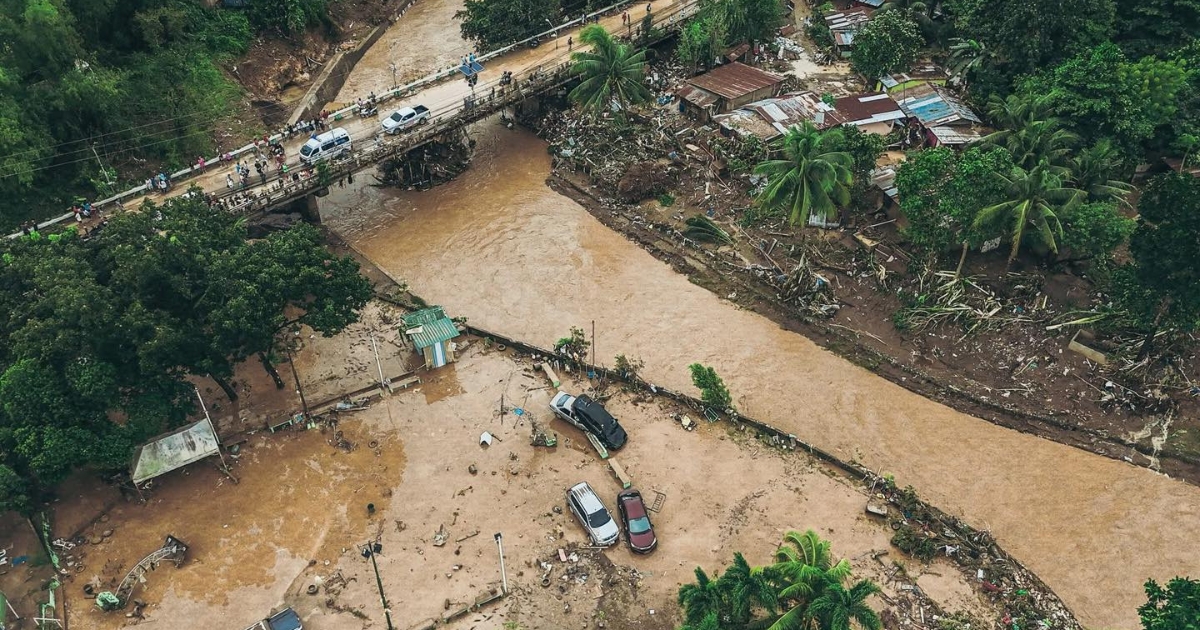A recent national survey reveals a significant setback in the fight against hunger across the Philippines, but highlights a notable improvement right here in the Visayas region.
The latest Social Weather Survey, conducted from September 24-30, 2025, found that 22.0% of Filipino families experienced involuntary hunger, meaning they were hungry and had nothing to eat at least once in the past three months. This figure marks a 5.9-point increase from the 16.1% recorded in June 2025, interrupting a previously encouraging downward trend earlier in the year. The current 2025 national average now stands at 20.2%, matching the previous year.
A Regional Divide: Visayas Drops Hunger Rate
The 5.9-point national increase was driven by rising hunger rates in most areas, with Mindanao seeing a huge 10.0-point spike, Balance Luzon rising by 8.5 points, and Metro Manila increasing by 4.0 points.
However, the Visayas region stands out, as it was the only area in the country to see a decline in hunger. The reported hunger rate in the Visayas fell by 4.0 points, dropping from 21.7% in June to 17.7% in September.
Moderate vs. Severe Hunger
The total hunger rate is composed of two categories: Moderate and Severe Hunger.
- Moderate Hunger (experiencing hunger “Only Once” or “A Few Times”) rose nationally by 3.9 points to 16.7%.
- Severe Hunger (experiencing it “Often” or “Always”) also rose by 1.9 points to 5.2%.
In the Visayas, the drop in overall hunger was reflected in both categories:
- Moderate Hunger in the Visayas fell from 17.0% to 14.7%.
- Severe Hunger in the Visayas also decreased from 4.7% to 3.0%.
This is an important indicator that the local measures or circumstances in the Visayas are effectively helping families lessen both occasional and chronic experiences of food deprivation.
Hunger Persists Among the Poor
Unsurprisingly, the data confirms that hunger remains highest among families who rate themselves as “Poor” or “Food-Poor.” The rate of Total Hunger rose among the Self-Rated Poor from 21.0% to 26.9%, and dramatically increased among the Self-Rated Food-Poor, soaring from 21.3% to a staggering 31.5%. Even among the “Non-Poor” segment, hunger still rose, moving from 11.4% to 17.0%, underscoring that economic pressures are affecting a broader range of households.
While the national picture is challenging, the encouraging performance of the Visayas in actively reducing its hunger rate offers a crucial point of hope and a possible model for food security initiatives moving forward.










